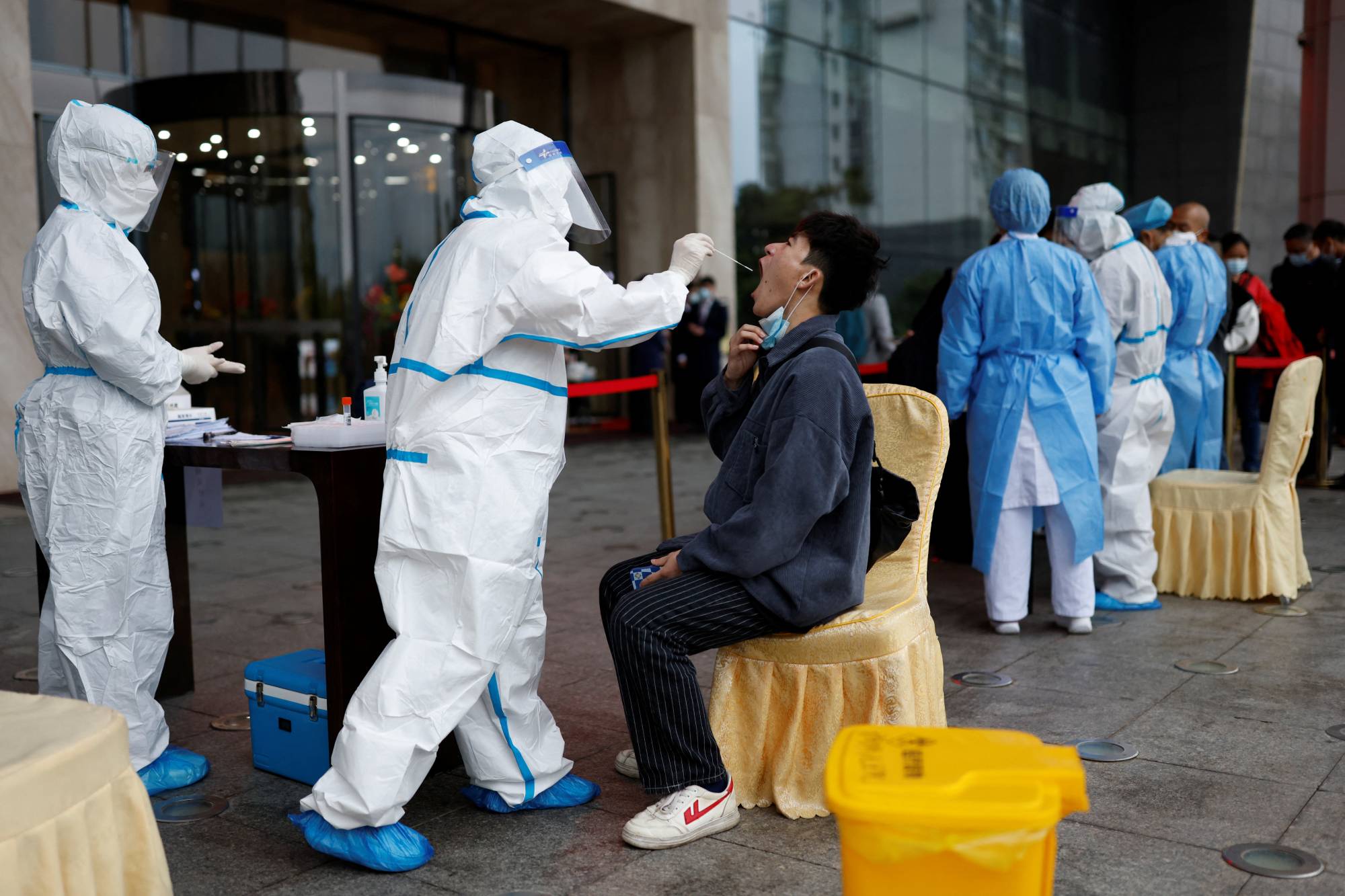After fighting COVID-19 for almost two years with a zero-tolerance approach, China is now in the midst of its worst wave since the initial outbreak in Wuhan. Having breached what’s arguably the world’s toughest containment regime, omicron — the most infectious coronavirus variant — is starting to test Beijing’s "COVID zero" resolve.
Despite Chinese President Xi Jinping’s call in mid-March to limit the economic and social fallout of virus elimination, large-scale lockdowns and mass testing drives are back. Authorities are tweaking rules, however, to make some of the measures more flexible, targeted and nimble to avoid severe manufacturing disruptions. Still, the last COVID zero holdout isn’t in a hurry to abandon the policy, even as the rest of the world moves to treating it as endemic.
As the latest wave puts pressure on already shaken global supply chains, we asked experts — including some we spoke to in November — how long the world’s No. 2 economy can continue an approach that’s leaving it increasingly isolated. Many stuck to their previous assessment that Beijing won’t ease curbs and open up this year. Some said China’s virus strategy could become more practical, learning from Hong Kong’s current virus crisis triggered by the pathogen evading strict border curbs and then not being adequately contained once inside.


















With your current subscription plan you can comment on stories. However, before writing your first comment, please create a display name in the Profile section of your subscriber account page.